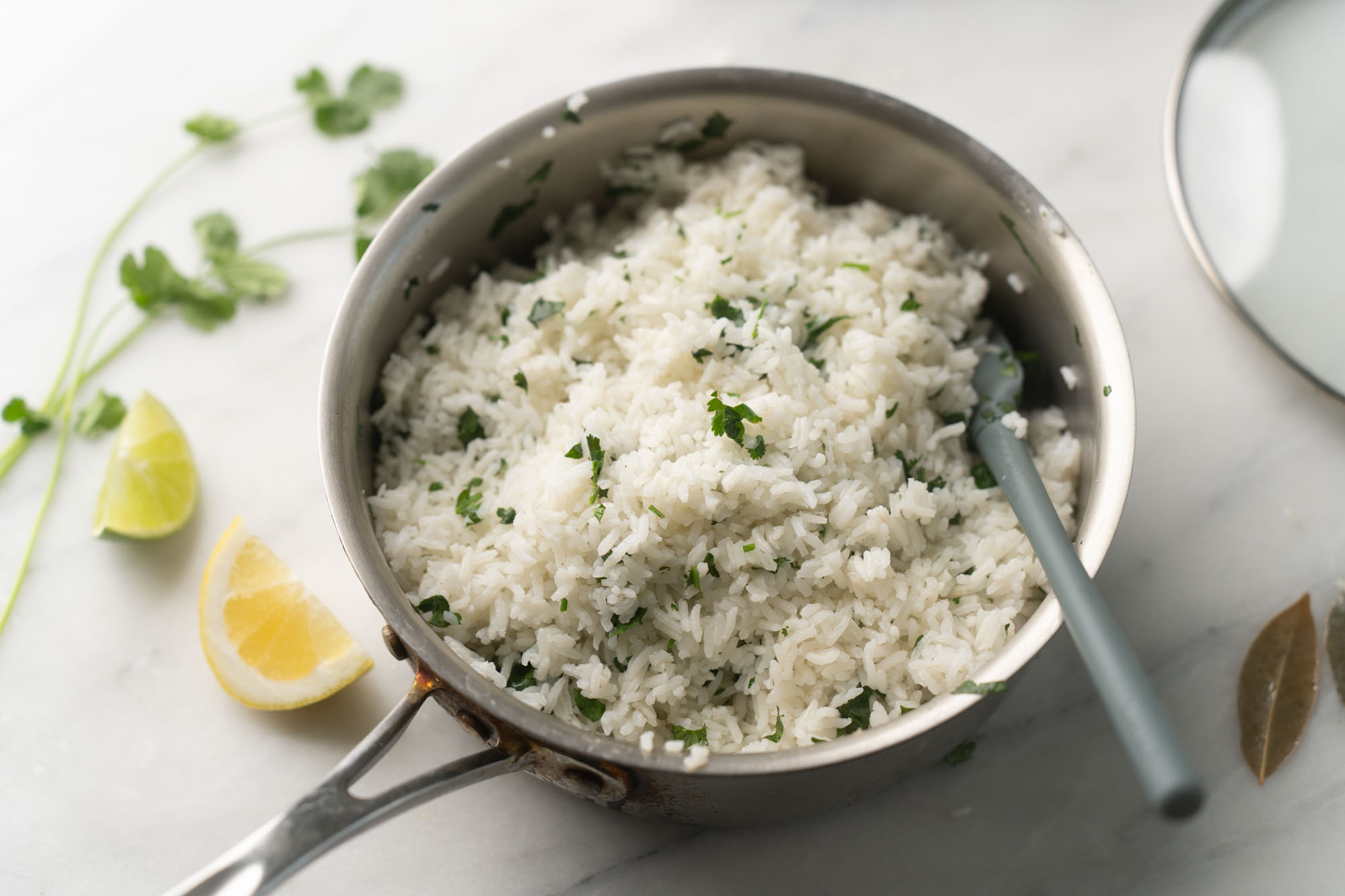Tanghulu is a delightful traditional Chinese street dessert that features fresh fruit coated in a sweet and crunchy candy shell on a stick. You don’t need to travel overseas to enjoy this hard-candied fruit; you can easily make tanghulu at home with our helpful tips and tricks, refined through experience.
What is Tanghulu?
Tanghulu is a Chinese delicacy made by skewering candied fruit on bamboo sticks. Traditionally, it features Chinese hawthorn berries, known for their tart flavor, which pairs wonderfully with the sugary coating. Nowadays, variations can be found in Korean and Japanese cuisines, using fruits like strawberries, grapes, kiwi, and mandarins.
Which Fruit to Use
While traditional tanghulu uses Chinese hawthorn berries for their sour and tangy profile, I personally enjoy the sweet and tart balance of slightly under-ripe strawberries. During our visit to the street food stalls outside Fushimi Inari Taisha in Kyoto, we tried Japanese tanghulu made with very ripe strawberries, but I found them too sweet for my liking. Making tanghulu at home allows us to choose our preferred fruits and sweetness levels.
For this recipe, I recommend:
- Slightly under-ripe strawberries for a firmer texture and tartness.
- Seedless mandarins to avoid biting into hard seeds.
- Firm blackberries without any broken skin.
- Tart green grapes, which are more sour than other varieties.
Avoid using fruits like yellow mangoes, bananas, and watermelon, as their high water content and soft texture make them difficult to skewer and dip into the syrup.
Equipment
To create tanghulu at home, you’ll need the following equipment:
- A candy thermometer or instant-read thermometer to monitor the sugar syrup, ensuring it reaches the correct temperature of 300°F.
- A wide sauté pan or wok to facilitate easier dipping.
- A tall cup for an ice bath, deep enough to submerge the skewers.
- A silicone liner or parchment paper on a sheet pan to prevent the candied fruit from sticking.
How Much Water & Sugar for Tanghulu
For the sugar syrup, maintain a 2:1 ratio of sugar to water. This proportion is ideal for creating syrup, as it minimizes the time needed for water to evaporate from the pan. We previously tried a 1:1 ratio, which took over an hour to reach the desired temperature of 300°F, primarily due to the prolonged evaporation process. Using less water also reduces foaming bubbles during dipping.
How Long Does It Keep?
Tanghulu is best enjoyed the same day it is made, as it quickly becomes sticky at room temperature. We’ve experimented with refrigerating tanghulu, but the candy coating tends to melt and become increasingly sticky over time.
Tips for Making Tanghulu
- Opt for less ripe fruit for a balanced flavor of sweetness and tartness. Firmer fruit also skews more easily and holds up better during dipping.
- Thoroughly dry the fruit and skewer gently to ensure it stays in place while dipping. Excessive movement during skewering can cause the fruit to slip and slide.
- Use a thermometer to monitor the sugar syrup until it reaches 300°F. A candy thermometer is ideal as it remains in place without disrupting the syrup. If using an instant-read thermometer, check occasionally without stirring the syrup too much to avoid crystallization.
- Due to the delicate nature of sugar syrup, it’s advisable to make only 4-6 skewers of fruit per batch. The initial skewers will have a thin candy layer, but the syrup thickens quickly, making it harder to work with.





